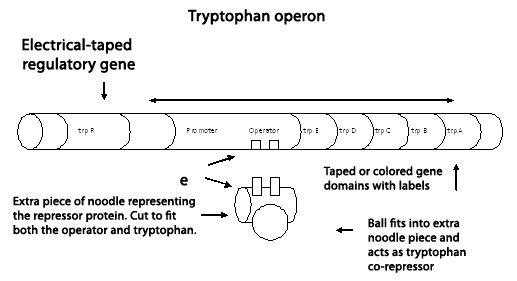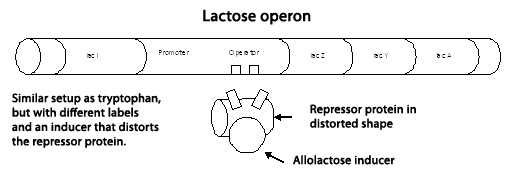My Cart
Your Shopping Cart is currently empty. Use Quick Order or Search to quickly add items to your order!
Adapted from
AP® Biology Daily Lesson Plans
by Kristen Dotti
Gene regulation can be a difficult topic to understand because the control mechanisms are too small to visualize. It may be easier for your students to compare different modes of gene suppression and gene induction if they build models of these processes. Below is a lesson plan to create models of repressible and inducible operons used by bacteria for protein transcript regulation.
Each lab group will need:


Make the topics of AP® Biology accessible by adding more hands-on activities to your lessons. See our printed or online catalog for the AP® Biology Daily Lesson Plans (cat. 74-6691) curriculum that contains student-centered activities for every day of the school year.